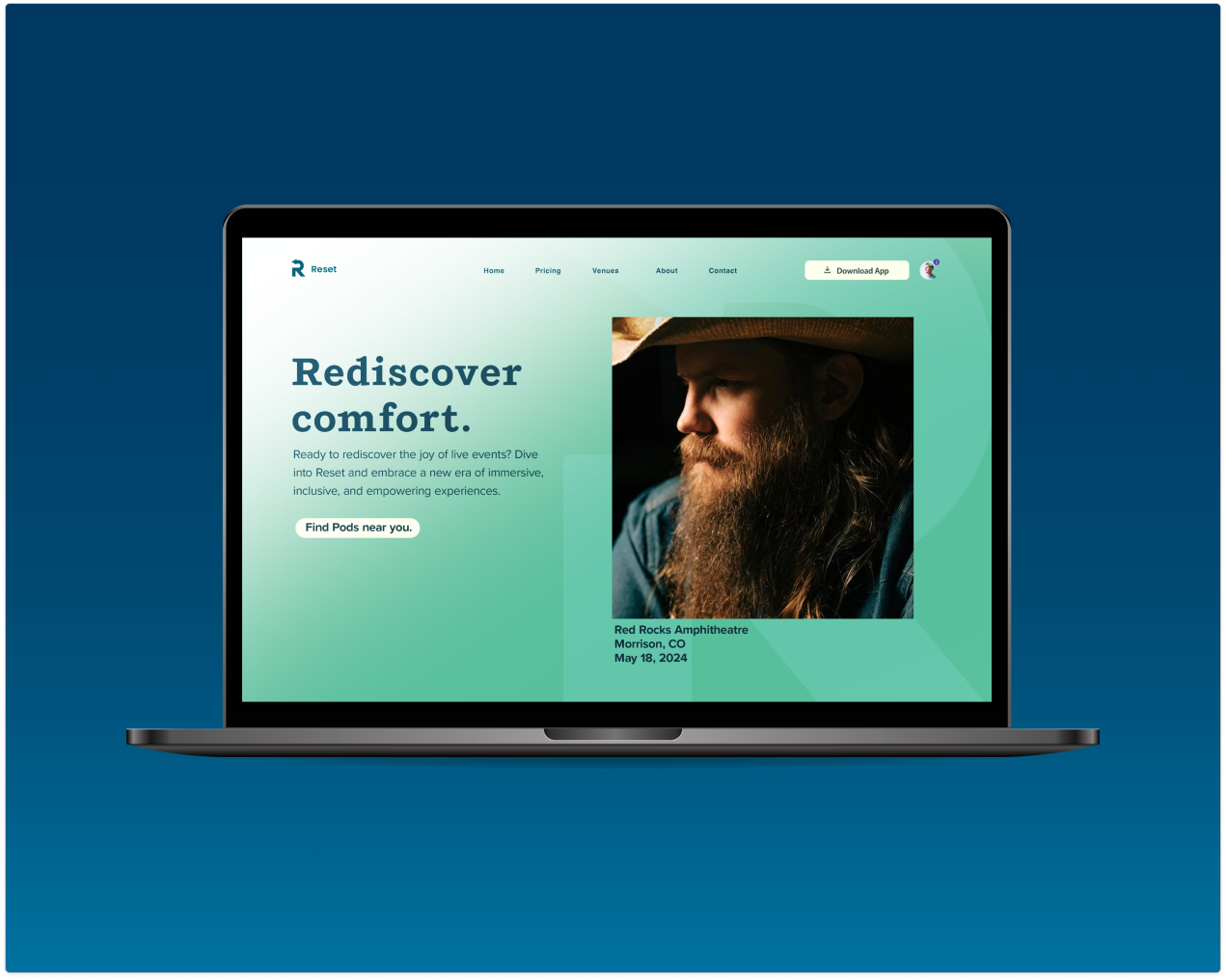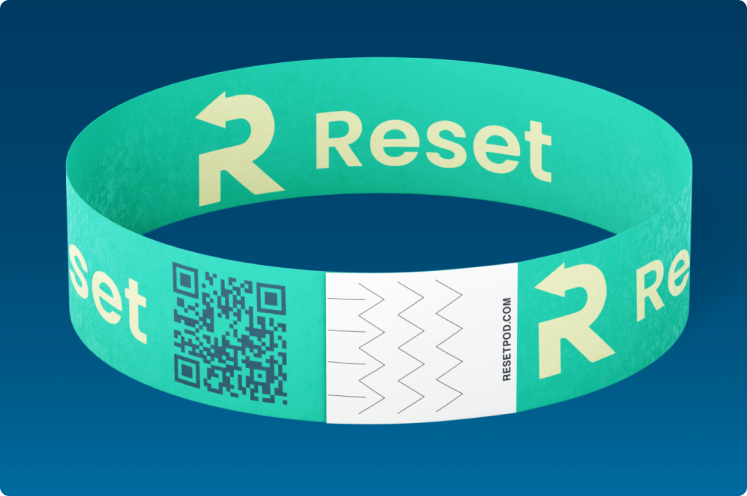
Reset Portable Pods.
Human Centered Design.
Prototyping
Solution Refinement and Presentation.
Introducing "Reset" - a portable haven tailored for individuals with PTSD, transforming any venue into a serene space for up to 20 people, with single and dual pods. Engineered for mobility and ease of use, our compact pod combines comfort with cutting-edge technology. With noise-dampening materials, customizable lighting, and advanced features like live event streaming, users can experience events fearlessly. The Reset Pod is designed for quick setup, dismantling, and transportation between venues, ensuring a consistent and tranquil experience. Redefine event inclusivity with our portable sanctuary - where calm meets convenience.





The Ask.
Select an everyday interaction that presents challenges for people with disabilities. Redesign this interaction to enhance accessibility and inclusivity, using a human-centered design approach.
Human Centered Design principles:
Empathy Building
Define the Problem
Ideation
Rapid Prototyping
Iterative Testing
Final Solution Development
Storytelling and Presentation
Key Empathy Findings
Living with PTSD: Daily Experiences
• Constant awareness of potential triggers
• Need to create a sense of safety in various situations
• Deliberate choices and caution in navigating daily life
Coping Strategies and Routines
• Routines as anchors for stability
• Mindfulness, hobbies, and exercise for symptom management
• Positive activities for finding joy and balance
Communication in Relationships with PTSD
• Key role of communication in setting boundaries
• Openness about needs to bridge understanding
• Balancing act in navigating triggers and symptoms
Daily Challenges and Coping Mechanisms
• Daily routine for structure
• Mindfulness exercises and recognizing the need for breaks
Stepping back from triggering situations for self-preservation
Challenging Environments and Navigation
• Struggling in crowded places
• Planning outings during quieter times
• Balancing facing discomfort and knowing personal limits
Misconceptions about PTSD
• Diverse range of traumas leading to PTSD
• Need for awareness about various triggers and symptoms
Target Persona.
David Lewis
Age: 28
Occupation: Real Estate Agent
Location: Dallas
Education; Bachelor's Degree in Real Estate
Status: Married
Context
"David is a military combat veteran who served two tours in Afghanistan. He is in a supportive marriage with two loving children. Upon returning from overseas he earned his Real Estate License, and currently works at a firm in Dallas. He maintains an active lifestyle and is in a running group in the city. David was diagnosed in early adulthood and goes to therapy, where he deals with his experiences in the military and with PTSD. Along with therapy, he attends a church group dedicated to helping post 9/11 combat veterans of all branches deal with mental health issues."
Top 3 Needs & Core Problem Opportunities
Opportunity 1 = Over-stimulating environments
• Addressing PTSD in crowded/overstimulating environments
• Challenging Environments and Navigating Them
Struggling in crowded places
Planning outings during quieter times
Balancing facing discomfort and knowing personal limits
Opportunity 2 = Self-advocacy
•How might we design a product or service to make it easier for people with PTSD to address their own potential triggers and to be able to say "Hey, I need help for this."?
• Being an Ally and Advocate
Educate oneself about PTSD
Listen without judgment and be patient
Small acts of kindness and understanding potential triggers
Challenging stigma and promoting empathetic understanding of mental health.
Opportunity 3 = Transition Assistance
• Addressing PTSD of combat-affected veterans
• How might we develop effective support programs to facilitate a seamless transition for veterans from high-intensity military roles to
civilian life?
Defined Problem Statement
How might we design a product, service, or experience for retired combat veterans dealing with PTSD so they can experience crowded/overstimulating environments more comfortably?






